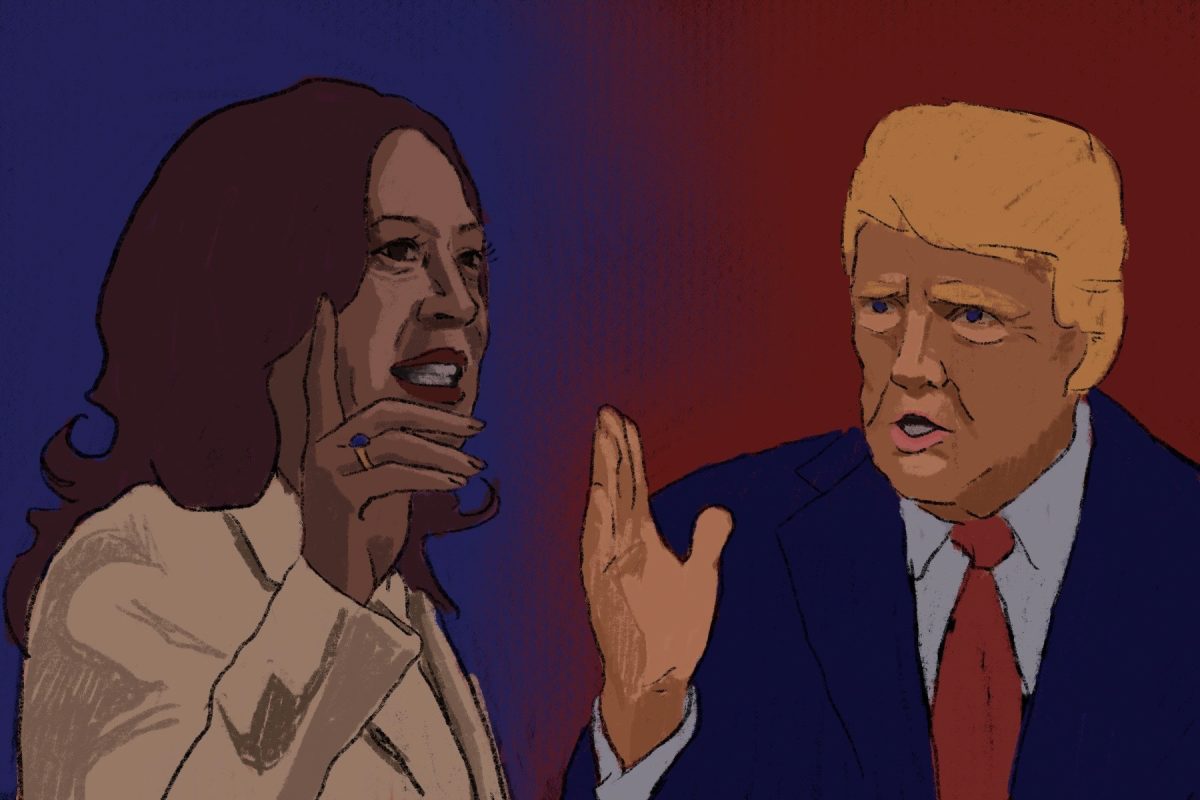Beto O’Rourke, tumbling in poll numbers and dwindling in fundraising figures, recently dropped out of the 2020 Democratic presidential primaries. After struggling to channel the momentum he garnered last year when he challenged Sen. Ted Cruz (R-Texas) for his seat in the U.S. Senate, Beto announced, “we have to clearly see at this point that we do not have the means to pursue this campaign successfully.” Beto quitting the race seemed inevitable before it occurred, but his campaign launch was as optimistic as his demeanor. Looking at Beto’s scant resume — three terms in Congress and a failed Senate run — it’s difficult to determine what exactly got him as far as he did. While some attribute his meteoric rise to him being “the next Obama,” it’s clear his popularity is partially due to the halo effect — his conventional attractiveness disproportionately garnered him media attention and public support.
Beto’s unsuccessful but interesting campaign for Senate was what originally put him on the map. Millions of dollars from outside of Texas poured into his run and media outlets fawned over him. Beto raised more money than any Senate candidate in history. Supporters were taken with the young, “Kennedy-esque” Texan. Articles and Twitter accounts were created to discuss Beto’s undeniable charisma, six foot stance and above all, his attractive face. He skateboarded in a Whataburger parking lot; he was the bassist in a post-hardcore band; he said “f-ck” during his concession speech after his failed Senate campaign; a tweet about having sex with him went viral.
Movements similar to Betomania have existed throughout American history. The halo effect is a bias wherein the physical attractiveness of a person, company or brand influences the observer’s thoughts about that entity’s character. This effect can be seen statistically — E.L. Thorndike demonstrated this after finding a high cross-correlation in military officers’ ratings in physical appearance, intelligence, leadership, loyalty and dependability. Political psychologists have posited that since we associate positive characteristics with attractive people, more votes will be cast for attractive politicians. This bias was famously demonstrated in the 1960 US presidential debate when elections first became televised. Those who watched the debate on TV preferred the young and dapper John F. Kennedy over the sickly and sweaty Richard Nixon, while those who listened to the debate thought Nixon had won.
It’s perhaps this mania around Beto’s physical appearance that stuck the audacious idea in his head that he was somehow unique (when he himself has admitted that the government “at all levels is overly represented by white men”) and qualified to run for president. After losing to Senator Cruz, Beto entered the 2020 primary with tremendous fanfare. He notably raised $6.1 million during the first 24 hours of fundraising. He was quickly endorsed by several Democrats and even praised by former President Barack Obama. His initial polling numbers suggested he would be a serious frontrunner — Beto polled at more than 10 percent according to some national polls. He announced his run for the White House in a cover story for Vanity Fair; an earnest, authentic Beto poses confidently on a country road, proclaiming, “Man, I’m just born to be in it.”
This self-confidence and lack of an articulable reason for the need for his leadership gets at the heart of Beto’s campaign — one massive ego trip. It was Beto’s unfathomably large ego that led him to state he would not be dropping out of the presidential race back in August and challenge John Cornyn in a key Senate race because the Senate is simply “not good enough” for Beto.
Despite these early victories and Beto’s unabashed faith in himself, Beto’s campaign was quickly derailed. Beto’s shtick of unnecessary urgency about milquetoast talking points while gesticulating furiously was charming against Sen. Ted Cruz, but quickly proved less compelling against the slew of other Democratic contenders. His campaign was plagued with disorganization — Beto notably announced his candidacy before even hiring a campaign manager. Two key senior advisers who had worked on Beto’s Senate run and Sander’s 2016 presidential campaign unexpectedly quit. In the face of declining poll numbers and in a last-ditch attempt to resuscitate his campaign, Beto adopted needlessly divisive positions to attract media attention. However, all this did was further invalidate the idea that Beto would be a viable president. These failures quickly availed him of the initial support he had from his Senate race.
The Beto craze early in his campaign serves as a reminder of the power of an attractive face and cool attitude. However, the sad end to his unequivocally pointless presidential run reminds us that good looks alone seldom land anyone a political office, no matter how much you feel you’re just “born to be in it.”
Opinions expressed on the editorial pages are not necessarily those of WSN, and our publication of opinions is not an endorsement of them.
A version of this article appeared in the Monday, Nov. 11, 2019 print edition. Email Emily Dai at [email protected].
























































































































































